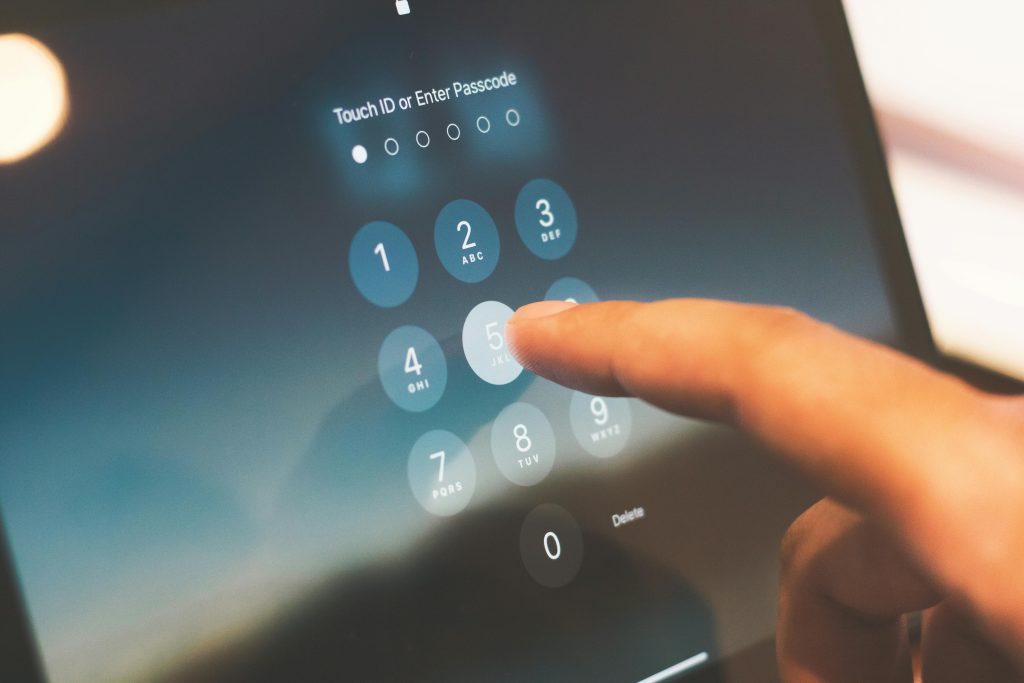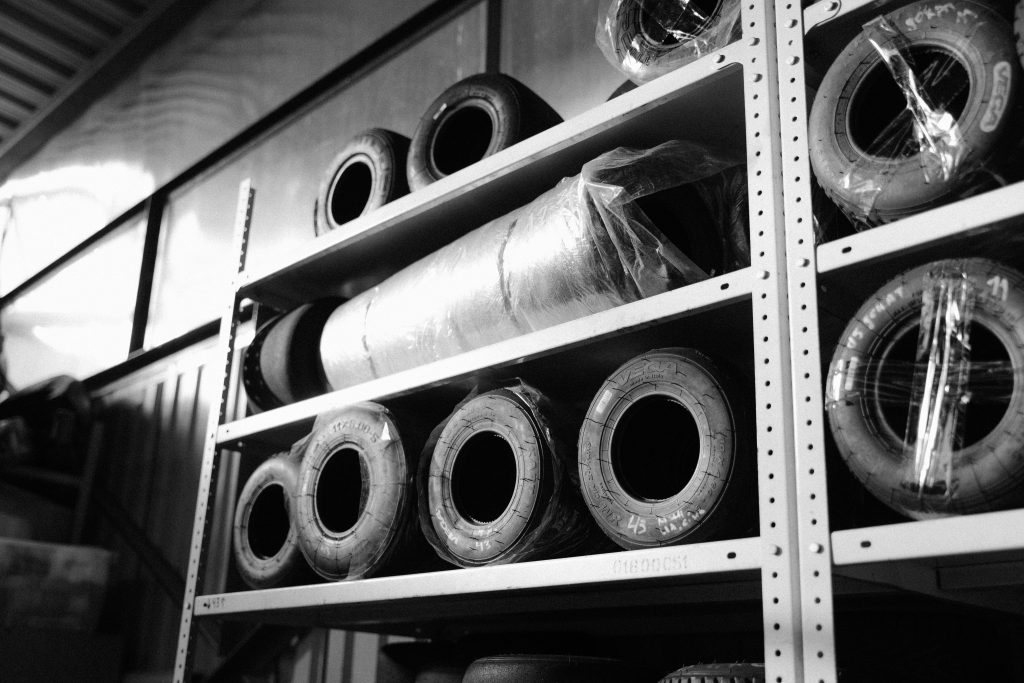Reviving an Old Computer: How I Resurrected My Gaming PC
As technology continues to advance, many of us face the inevitable moment when our trusty machines start to show their age. Recently, I encountered this situation with my beloved workstation, which had been a reliable companion for nearly a decade. Designed for gaming and intensive tasks, it was starting to falter, prompting me to consider whether it was time to retire my old friend.
The Crisis
It all began last Thursday when my son decided to dive into Lego Worlds on our PC. Given the game’s requirements, I was a little concerned about my system’s performance, but I hoped for the best. However, the PC crashed during gameplay. Unfortunately, I was away on business, and it wasn’t until Saturday morning that I managed to switch it off at the power socket. By then, it had been humming away for a couple of days, completely unresponsive.
When I attempted to power it back on, my heart sank. Although I succeeded a few times—especially after letting it cool down for several hours—it quickly reverted to a frustrating pattern. A single beep would sound, followed by attempts to boot that concluded in an endless cycle of beeping and failure.
I suspected the motherboard might be at fault, potentially due to an issue with a capacitor, especially with the cooling-off behavior I was experiencing.
Troubleshooting Steps
Determined to breathe life back into my aging rig, I embarked on a troubleshooting mission. Here’s what I tackled:
- Reseated the CPU: After applying new thermal compound to the heatsink—a much-needed refresh.
- Reseated the Graphics Card: Ensured it was properly connected for optimal performance.
- Reseated the RAM: This was a bit more complex, but I hoped for the best.
- Changed the CMOS Battery: A simple yet essential step.
- Cleaned the Fans: I took a moment to clear out dust and debris.
- Monitored CPU Temperature: When I managed a successful boot, the temperatures appeared stable.
- Tested All Fans: Confirmed that they were functional.
- Removed Obsolete Components: Pulled out an old sound card and Wi-Fi card that were no longer needed.
- Gave the Motherboard a Hopeful Stare: Sometimes you just need to show your machine some love!
While my PC might be old
Share this content:




Hello, it sounds like you’ve been quite thorough with your troubleshooting efforts—kudos to you for tackling these issues methodically. Based on your description, the persistent beeping pattern and the attempts to boot suggest a potential motherboard or RAM issue, although it’s great that you’ve already reseated essential components.
To further diagnose and resolve this problem, I recommend the following steps: